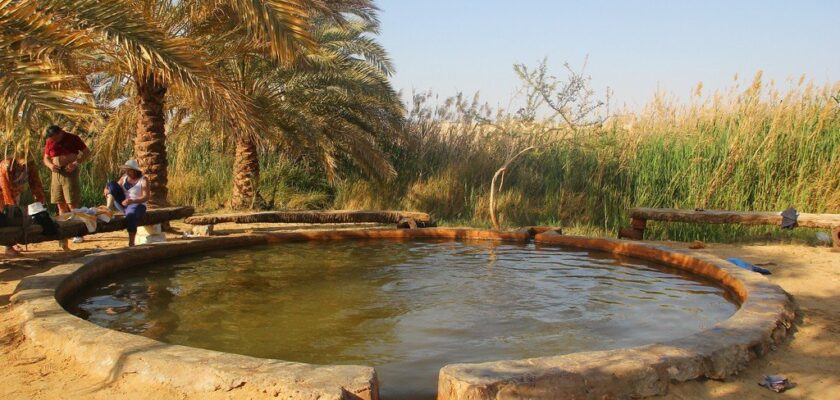Siwa Oasis
Siwa is the most remote of the Egyptian oases, it is 18.3m below sea level on the old caravan route. It is a small island of life in the heart of the Western Desert, separated from Cairo by a distance of 550 km of lifeless desert.
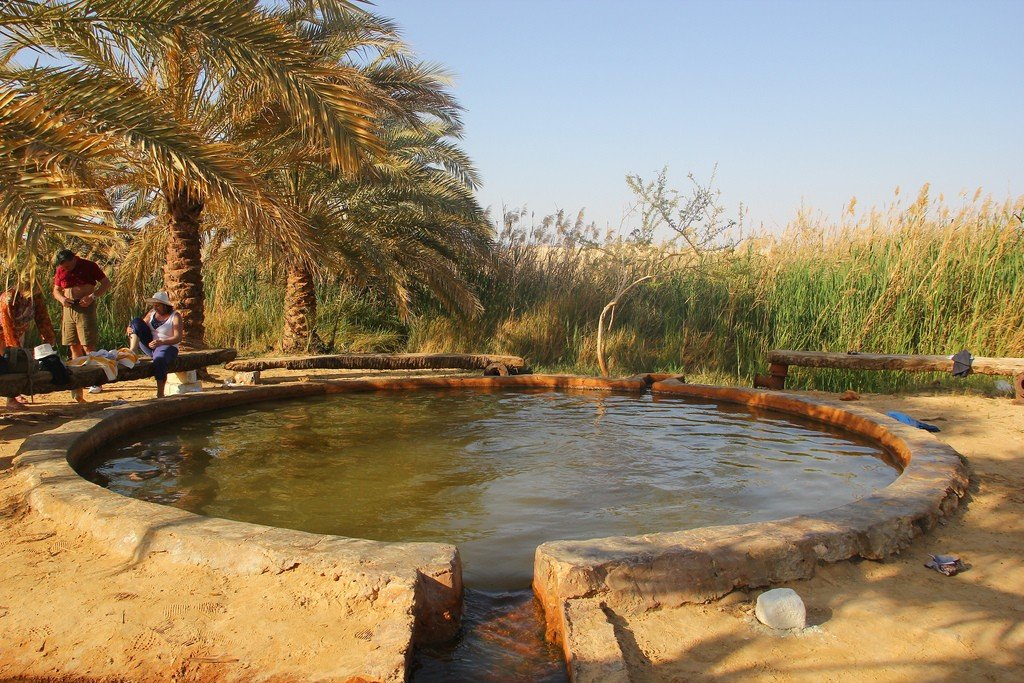
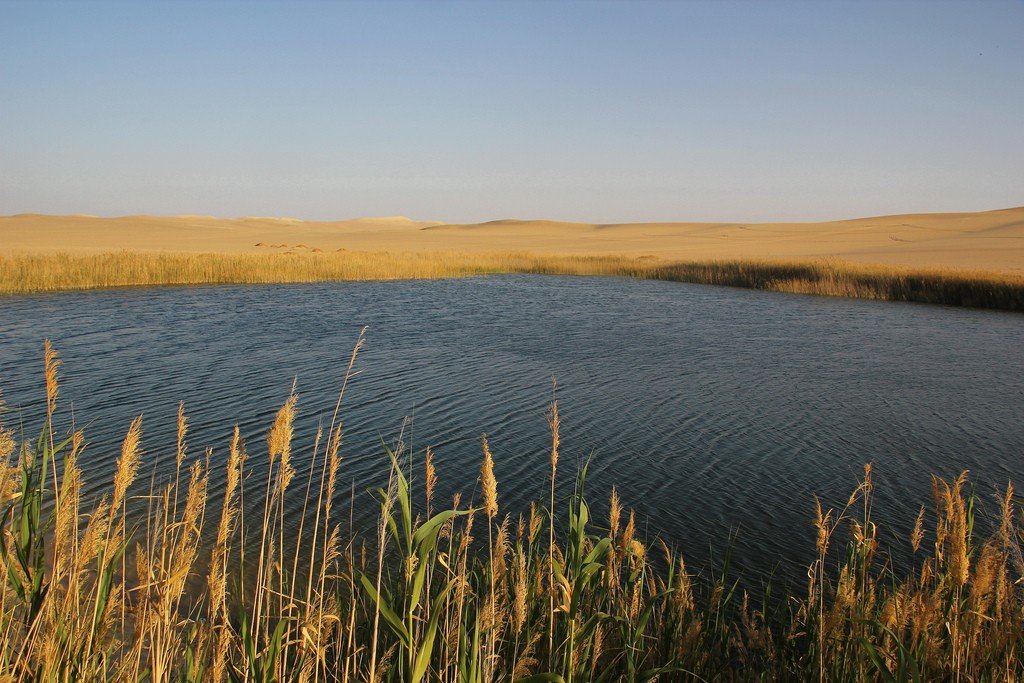
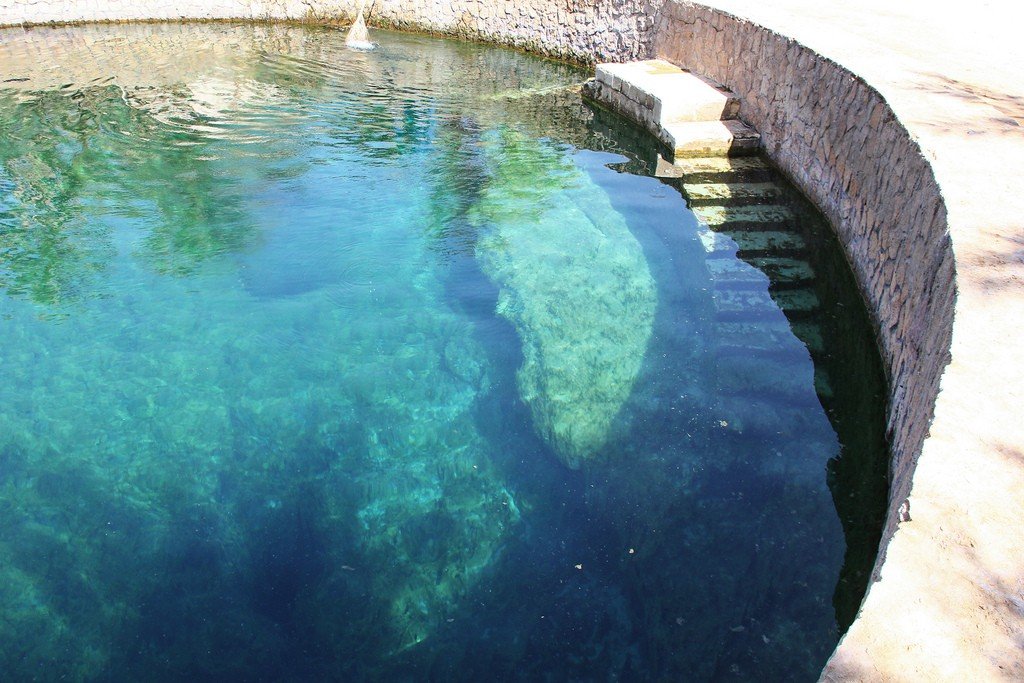
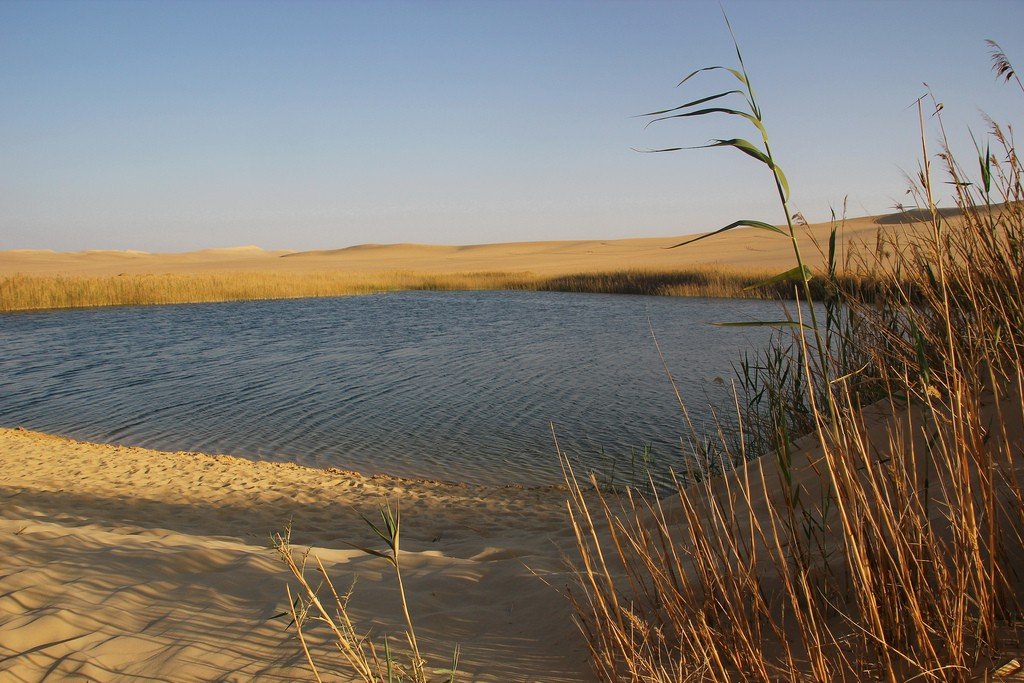
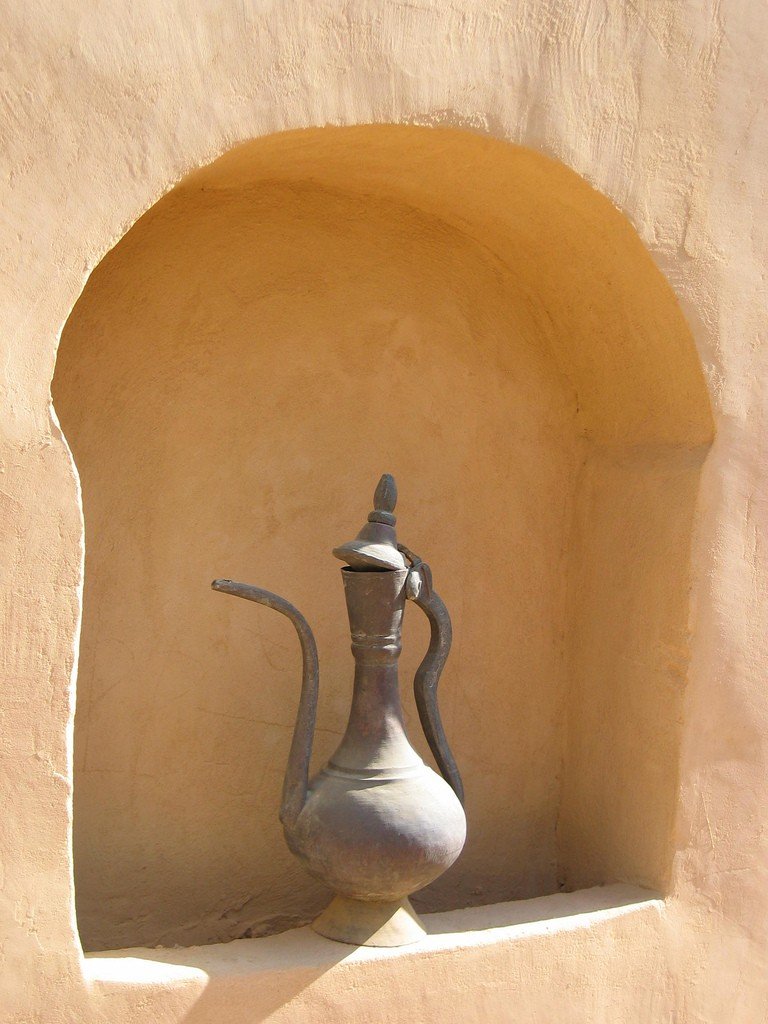
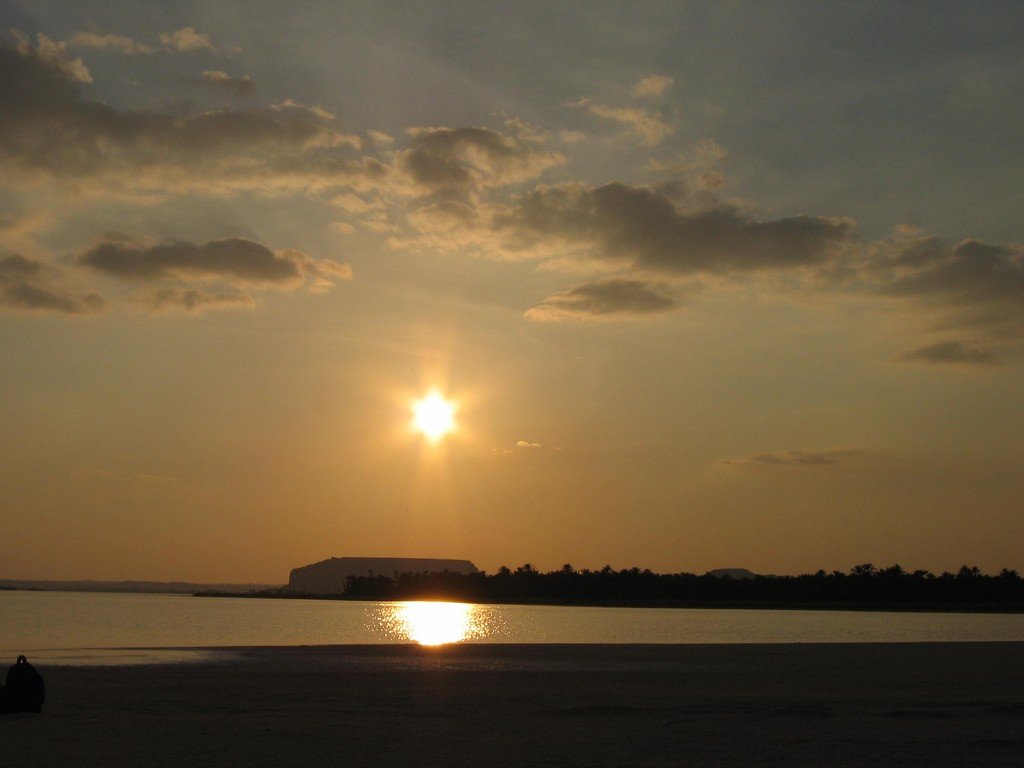
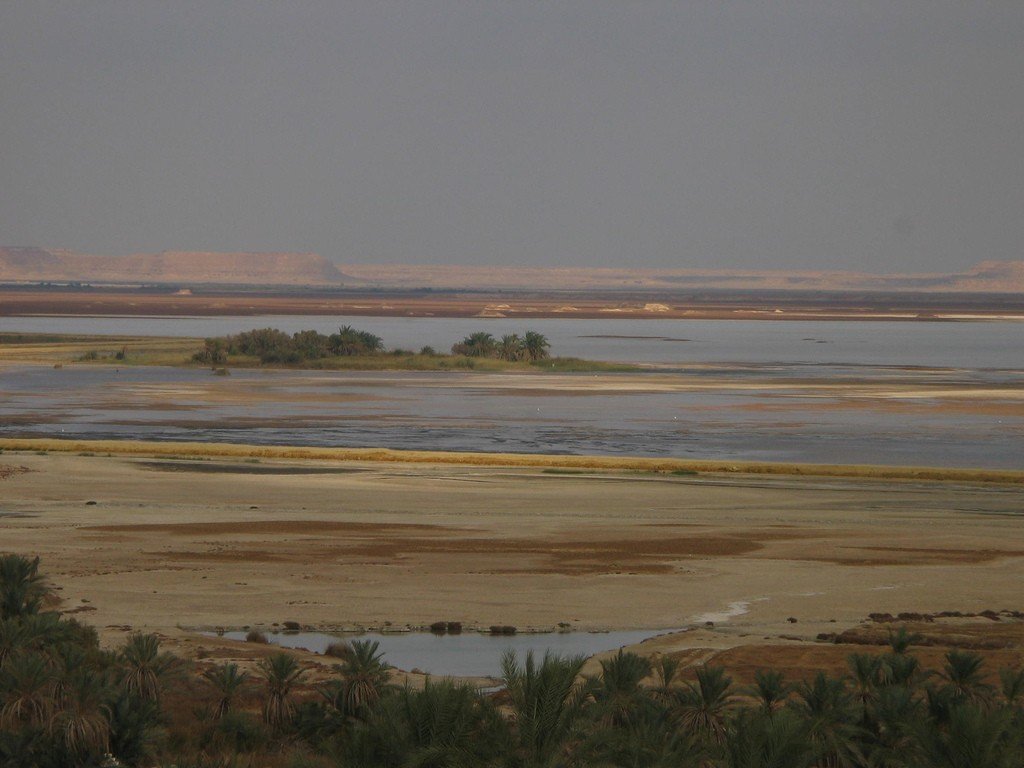
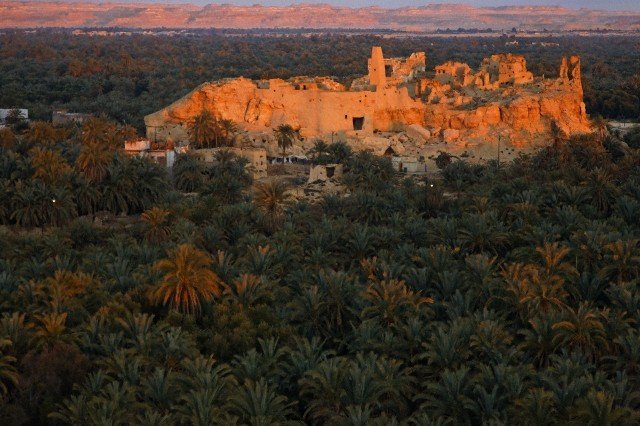
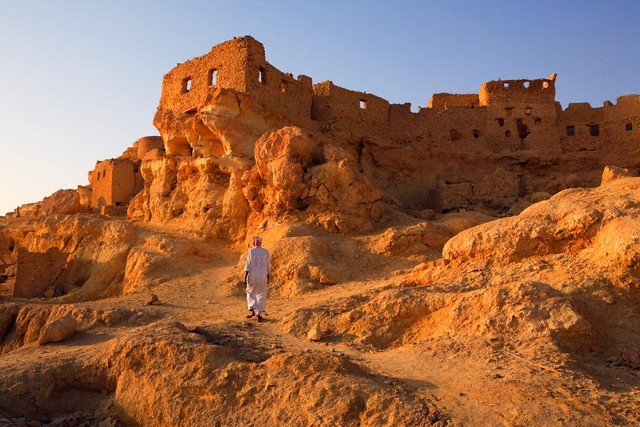
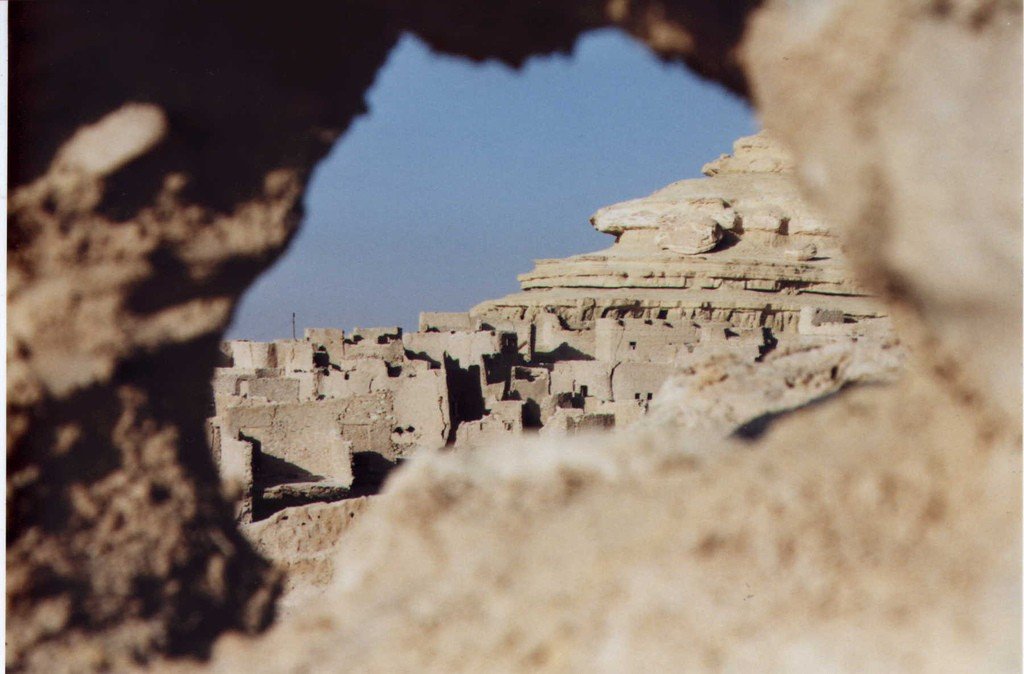
General Information
It was here, in the oasis of Siwa, to the oracle, that Alexander the Great once came. The oasis has retained its original charm despite its recent status as a major tourist attraction. It is settled here mainly by the Berber community, which seems to be lost in time. Alcoholic beverages are not drunk here and women are wrapped in traditional capes. In Siwa, the Berber language is still more widely spoken than Arabic, which is not a bad proof of the inaccessibility of the city. The inhabitants of Siwa have also retained tribal governance, with 11 chiefs and sheikhs forming the local council. Until the 1980s there was no television and transportation was limited to donkey sleds.
.
The city of Siwa was built around Shali, a 13th-century settlement surrounded by high walls intended to protect the inhabitants from possible attacks. The city prospered, but the inhabitants were afraid to build around the city walls and preferred to add to the height of the houses – in some places the buildings reach a height of 5 stories. In 1926, after several heavy rainstorms, many buildings were destroyed and now resemble Dali’s paintings. These surrealistic buildings are interesting to explore, offering magnificent views of the oasis and distant desert mirages.
.
There is also a small market in the oasis where you can buy rare embroidered garments and heavy silver jewelry for which the area is famous.
.The Oasis Museum, created by a former Canadian ambassador, introduces the traditional Siwa way of life and crafts, so be sure to check it out.
.Bicycles for rent in Siwa are the best way to visit the main sites. The majestic sand dunes of the Great Sand Sea with numerous hot and cold lakes are also nearby.
.
In 2007, human footprints, estimated to be 3 million years old, were found in Siwa. They are the oldest human footprints in the world.
